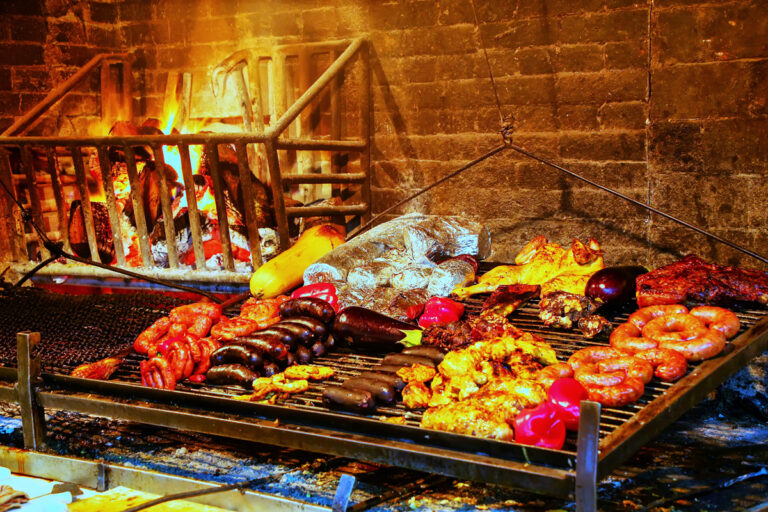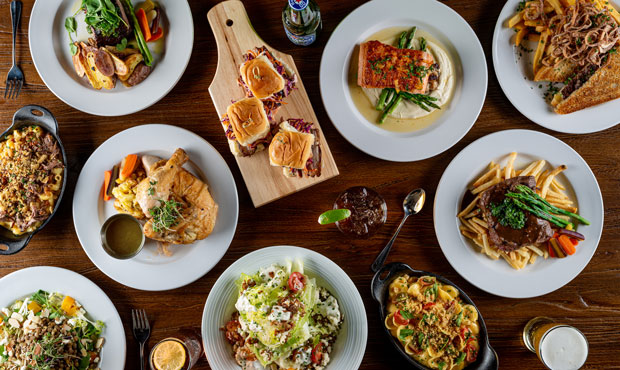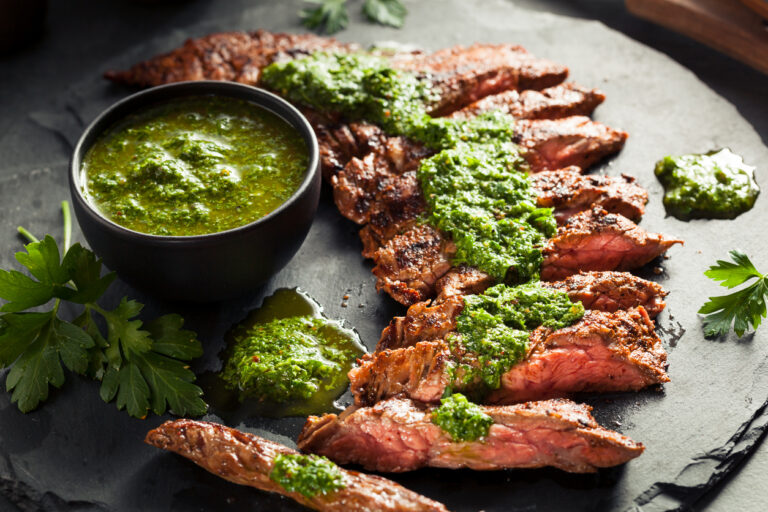Introduction: Native American Influence on American Cuisine
Native American cuisine has had a significant impact on American cuisine. Native American tribes have a rich culinary history, and their traditional dishes have been incorporated into modern American cuisine. With the arrival of the Europeans, Native American foods like corn, beans, and wild game became an integral part of American cuisine. Today, many dishes in the United States have roots in Native American traditions.
Corn: A Staple Ingredient in Native American Cooking
Corn, also known as maize, has been a staple ingredient in Native American cooking for centuries. The Native Americans grew different types of corn, including blue, red, and white corn, and used it in various dishes. They would grind the corn into flour to make bread and porridge or roast it on the cob. Today, corn is still a prevalent ingredient in American cuisine. Cornbread, corn tortillas, and grits are just a few examples of dishes that have their roots in Native American cuisine.
Fry Bread: A Popular Native American Dish
Fry bread is a popular Native American dish that has become a staple in American cuisine. Fry bread is made from a simple dough that is fried in oil until it is crispy and golden brown. The bread is often served with savory toppings like ground beef, beans, and cheese or sweet toppings like honey and powdered sugar. Fry bread is a versatile dish and is served in many Native American communities during celebrations and gatherings.
Wild Rice: A Traditional Native American Delicacy
Wild rice is a traditional Native American delicacy that has been used in Native American cuisine for centuries. Wild rice is a grain that grows in freshwater marshes and is harvested by hand. The Native Americans would harvest the rice in canoes and would dry it in the sun before storing it for the winter. Today, wild rice is still used in many dishes in American cuisine, from soups to salads.
Succotash: A Classic Native American Vegetable Dish
Succotash is a classic Native American vegetable dish that has become a popular side dish in American cuisine. Succotash is made from lima beans, corn, and often includes other vegetables like peppers and onions. The dish is typically seasoned with salt and pepper and can be served hot or cold. Succotash has a long history in Native American cuisine and was often served during harvest celebrations.
Bison: A Native American Game Meat and Its Modern Use in American Cuisine
Bison, also known as buffalo, was a game meat that was hunted and consumed by Native American tribes for centuries. Bison was a staple in their diet, and every part of the animal was used, from the meat to the bones. Today, bison is still used in many dishes in American cuisine. Bison burgers and steaks are popular on restaurant menus, and the meat is often praised for its leaner and healthier qualities compared to beef. Bison is a testament to the lasting impact of Native American cuisine on American cuisine.
Conclusion
In conclusion, Native American cuisine has had a significant influence on American cuisine. From corn to bison, Native American traditions have left their mark on many dishes still enjoyed today. As with many cultural influences, Native American cuisine has been adapted and incorporated into American cuisine, creating new and exciting flavors and dishes. The legacy of Native American cuisine will continue to be a part of American cuisine for generations to come.








